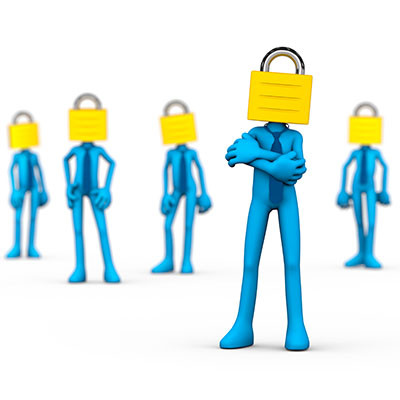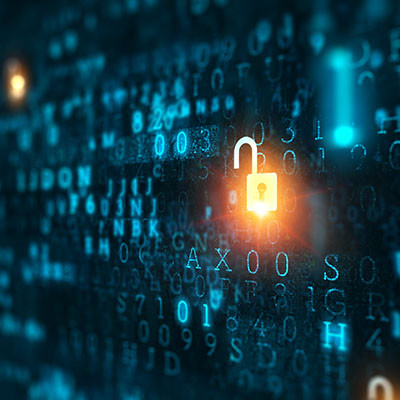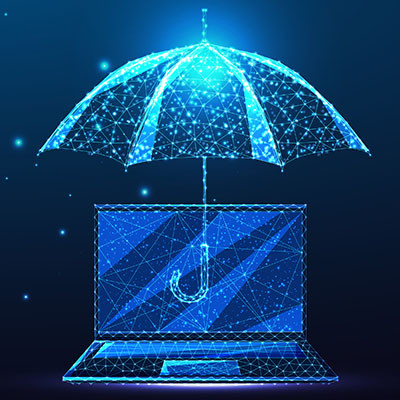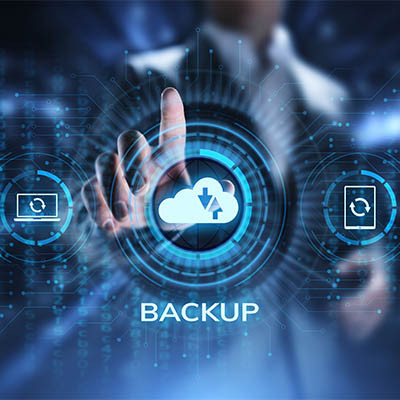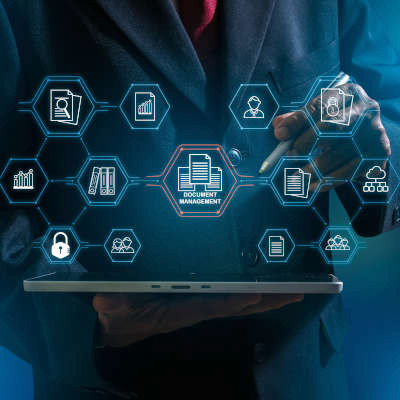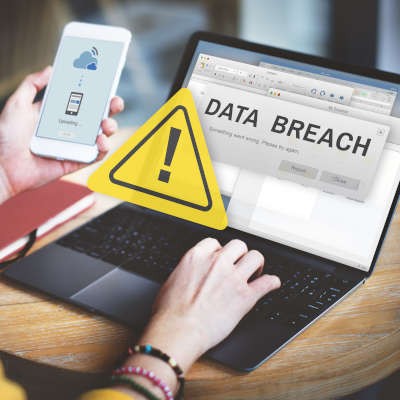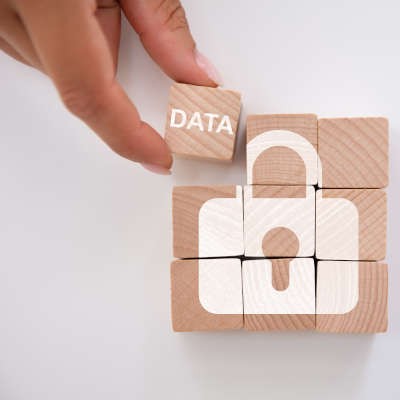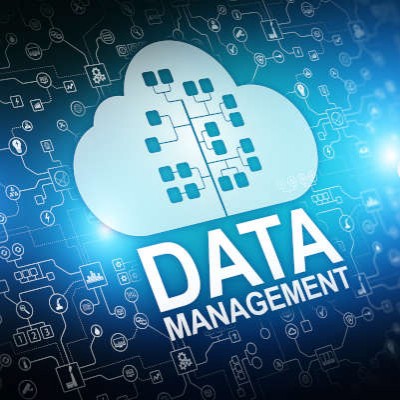SolutionOne Blog
Do you ever think about how incredible technology is? In a world where it’s easy to take advantage of technology and devices that were practically inconceivable just a few short decades ago, it’s really amazing to just look at how far we’ve come, and how something so small can fit so much information.
Insurance is a great asset, should you ever need it… including where your business technology is concerned. If you weren’t aware, there is a form of insurance—cyber insurance—that you can purchase in case your business suffers from a data breach.
Is this additional form of insurance worth the investment? Absolutely.
It feels like streaming is everywhere these days, from video content to music to video games. Coincidentally, it also happens that innovations in cloud streaming have allowed these entertainment mediums to flourish in “as-a-service” type offerings. Just how have the innovations in technology allowed streaming services to grow and expand? Let’s investigate.
A disaster recovery plan is a strategy that allows a business to return to normal after a disruption of some type. Some data disasters are brought on by outside attacks, some are the result of a natural disaster or environmental issue, and some are simply a return to normal after an internal problem interferes with business operations. Today, we’ll take a look at a few things you need to know about disaster recovery to help you mitigate the negative effects of a data disaster.
Many professionals see the word “informatics” and think of one of two things. First, what the heck is it? Second, isn’t that just computer science? While the two certainly are similar and often used interchangeably, they are quite different. Let’s take a deeper dive and see what the field of informatics entails, how it can be applied to computer science and business, and why it’s important to consider for your organization.
Having a comprehensive data backup and recovery strategy in place can absolutely save your business. This means it’s extremely important. Unfortunately, too many businesses don’t consider their backup and recovery systems until it is too late. Let’s unwrap what makes a successful backup and recovery platform work, and how to get one for your business.
Unfortunately, the more people lean on technology, the more data breaches there are. The correlation makes sense, but with so much innovation in data security and data systems, it’s a shame more can’t be done to keep businesses and individuals from losing data to opportunists and scammers. That’s why knowing how to circumvent these forces is essential to keep your data safe. Let’s take a look at how the people that are best at it keep their data secure.
Quick, off the top of your head, how many network switches are in use at your office? How many wireless access points? How many routers are past their warranty or no longer getting support?
That’s not a question most business owners are asked on a regular basis, and we don’t really expect you to be able to rattle off the answers. You should have all of that information documented though.
How concerned are you about your data privacy, as a consumer, particularly when you entrust it to another business? If you answered “very”, you aren’t alone… 87 percent of Americans consider their data privacy to be a human right. Having said that, most don’t pay near enough attention to their own security precautions. Let’s take a few moments and examine this trend.
For a while there, blockchain was a buzzword that you would hear about constantly. It was the future of data security and secure online transactions. As 2020 has pointed our attention elsewhere, you’ve heard less and less about blockchain technology. Today, we’ll take a look at what some of the most innovative companies are doing with distributed encrypted networks,
Data security always needs to be considered as one of your most important business priorities. After all, the ramifications of data loss are wide-reaching and severe. To help you ensure that your data security is at the level it needs to be, we’ve put together five questions you need to answer regarding your business’ security preparedness.
As much as a business relies on its technology, it relies just as much upon its employees to properly put that technology to use. Unfortunately, this can very easily expose the business to various threats that involve their employees. Understanding these insider threats is crucial for a business, especially given how current events may tempt those who would never have considered them otherwise.
A virtual private network (also known as a VPN) is something that more and more businesses are using, especially now while most of the workforce is now working from home. As a means of encrypting data while it is in transit, the use of a VPN enables you to transmit assorted types of data more safely. Of course, not all VPNs are the same, and so you need to be careful to select the right solution for your needs.
Data is one of a business’ most important assets, and as such, it needs to be kept in such a way that it remains organized and utilizable. This has led to widespread use of databases in businesses, which has necessitated the use of database management systems. Let’s take a closer look at these systems, and why they are so crucial.
Most businesses that really lean on their IT go to great lengths and expense to keep those systems secure. Sometimes, however, all those firewalls and antivirus software don’t stop threats that come in from your staff. Today, we are going to go through the three different types of human error that your staff can undertake, and how to deal with each.
